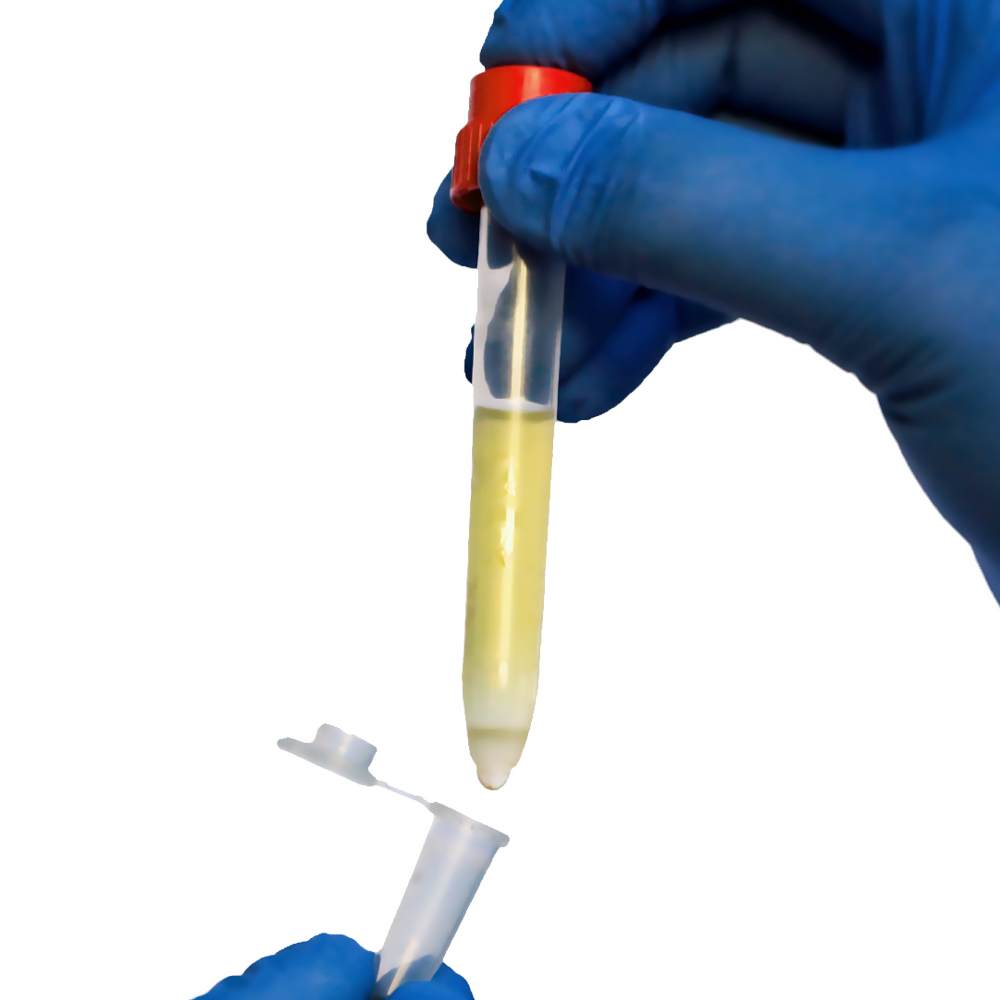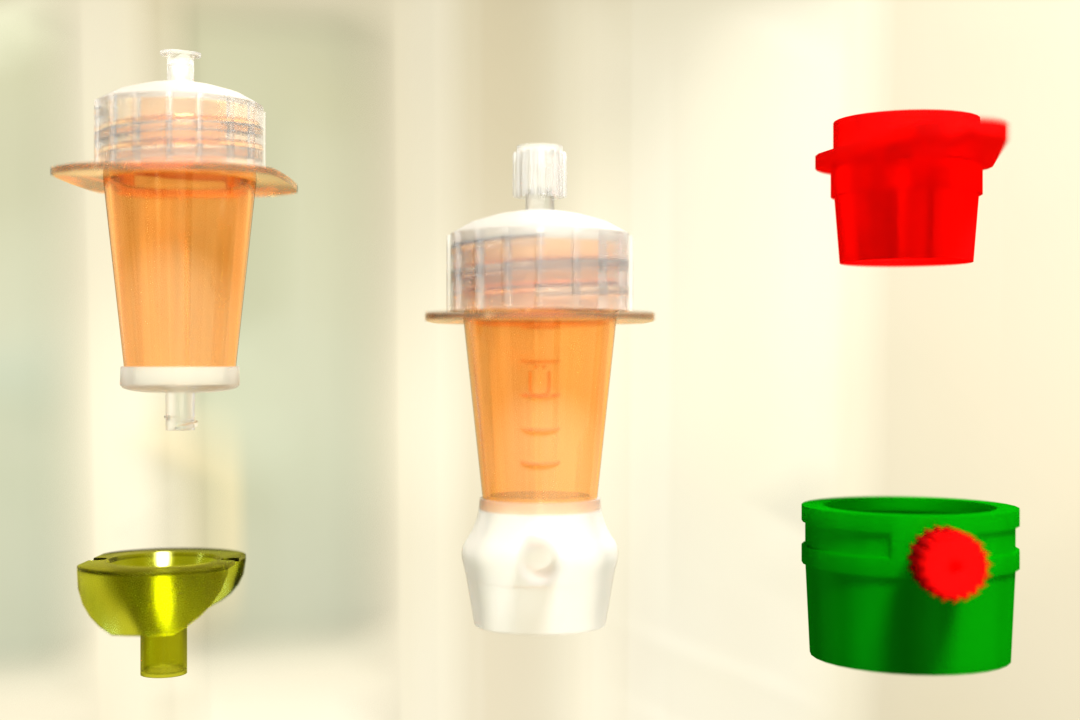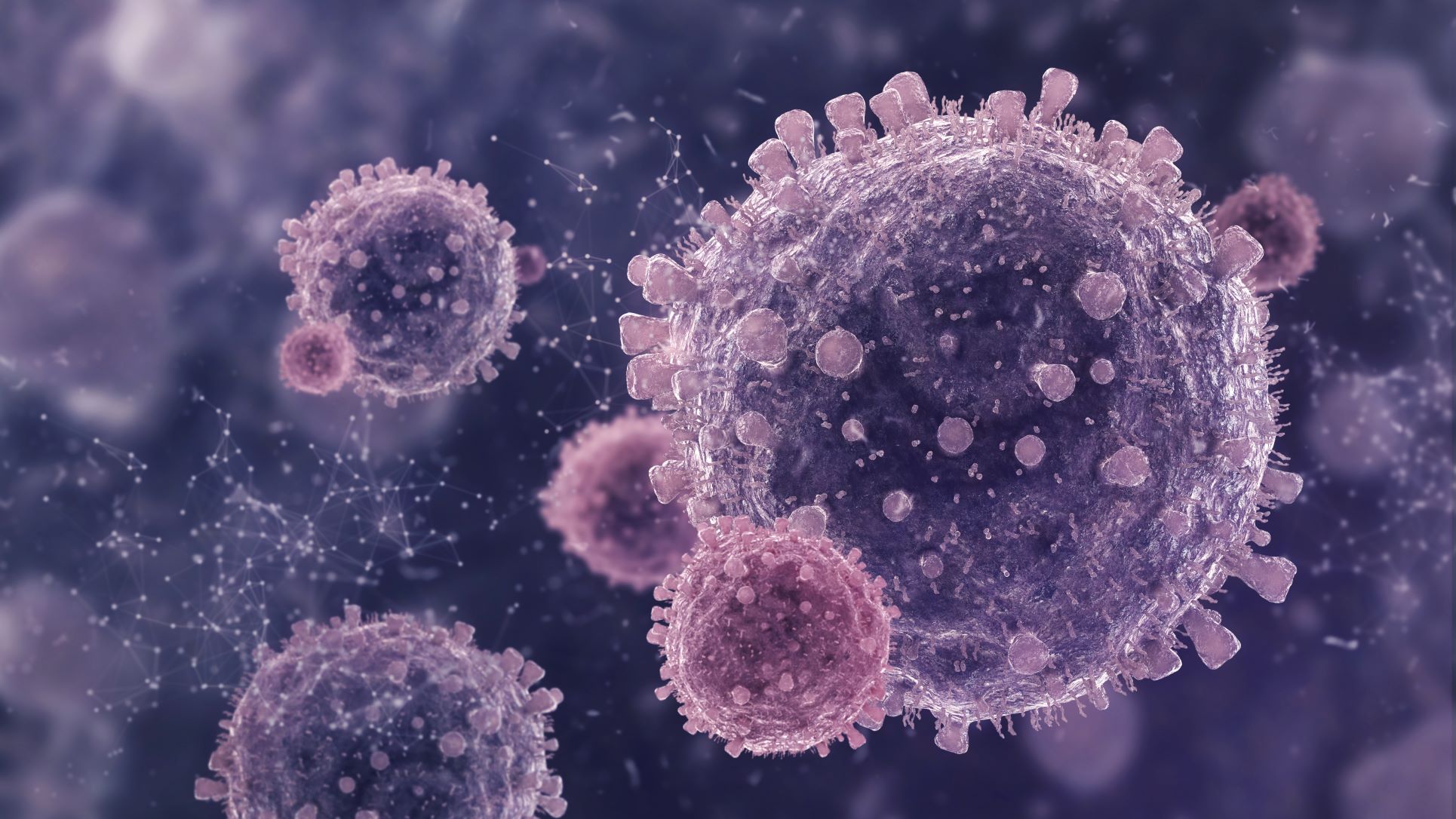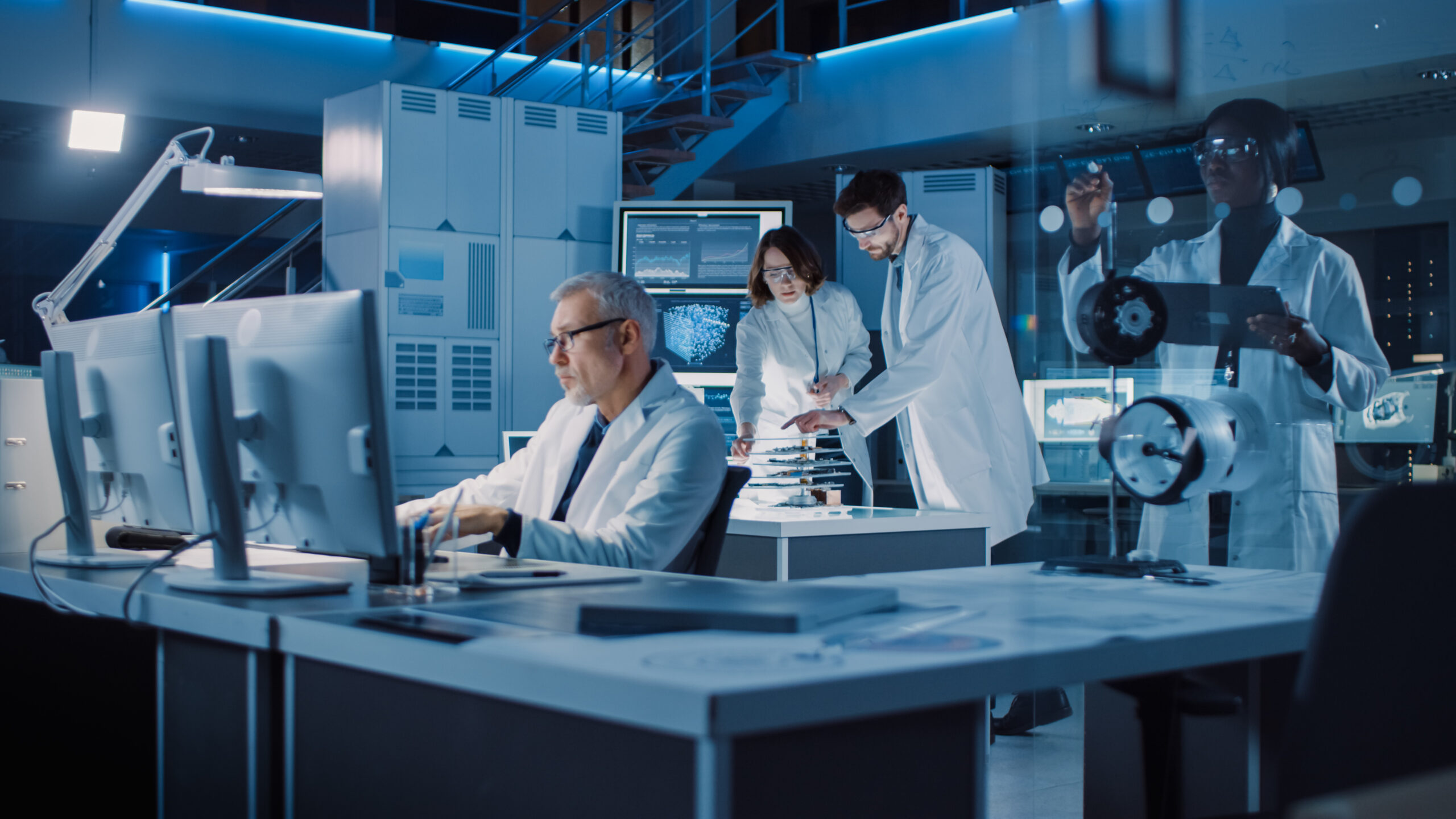This article delves into the fundamental principles, applications, and advancements in particle separation methods crucial for scientific research and industrial processes.
Particle separation techniques are foundational processes utilized across a spectrum of scientific disciplines and industrial applications. By selectively isolating, segregating, or purifying particles from complex mixtures, these techniques enable precise analysis, quality control, and material development. Understanding the principles and applications of particle separation is crucial for researchers and industries alike, as it underpins advancements in fields ranging from nanotechnology and biomedicine to environmental science and manufacturing.
What are particle separation techniques, and why are they important?
Particle separation techniques isolate, segregate, or purify particles from mixtures, playing a crucial role in fields like chemistry, biology, and industry. They enable specific particle extraction for research, analysis, and quality control, ensuring product quality and facilitating material development. These techniques are indispensable for various applications, including wastewater treatment, pharmaceutical manufacturing, and environmental monitoring, ensuring the accuracy and reliability of scientific experiments and industrial processes.
How does centrifugation work in particle separation?
Centrifugation is a particle separation technique that relies on centrifugal force to separate particles based on their density and size. When a sample is placed in a centrifuge and subjected to high-speed rotation, denser and/or larger particles sediment to the bottom, while lighter and/or smaller particles remain suspended in the supernatant. Centrifugation is effective in separating solid particles from liquids or different components of heterogeneous mixtures. It is widely used in laboratories and industries for tasks like cell separation, DNA purification, and blood fractionation. The principle behind centrifugation is simple: the denser the particle, the faster it sediments, facilitating their isolation from the sample. This technique is a fundamental tool for particle filtration and is employed in numerous applications.
What is the principle behind filtration in particle separation?
Filtration is a particle separation technique based on the principle of size exclusion. It employs a porous barrier, such as a filter paper or membrane, which allows smaller particles and liquid to pass through while trapping larger particles. The filtration process can be fine-tuned by selecting filters with specific pore sizes. Smaller particles that are suspended in a fluid are retained by the filter, while the filtrate, containing smaller or dissolved particles, passes through. Filtration is widely used for various purposes, including water purification, air filtration, and sample preparation in laboratories. The principle of filtration is crucial in industries where the removal of impurities or the separation of valuable components is required for product quality and safety.
Are there specific techniques for separating nanoparticles?
Separating nanoparticles presents unique challenges due to their small size and high surface area. Specialized techniques are employed, including field-flow fractionation, ultracentrifugation, and size-exclusion chromatography. Field-flow fractionation separates nanoparticles based on their size and shape in a flow field. Ultracentrifugation is an ultra-high-speed centrifugation technique capable of separating nanoparticles by size and density. Size-exclusion chromatography employs a gel matrix to separate nanoparticles based on their hydrodynamic size. These techniques are crucial in nanotechnology, materials science, and biomedical research, enabling the isolation and purification of nanoparticles for various applications.
What are the advantages and disadvantages of various particle separation methods?
Particle separation methods come with distinct advantages and disadvantages, dictating the selection of technique based on specific application requirements. For instance, centrifugation enables rapid particle separation by density or size, making it versatile for various applications and scalable for processing large sample volumes. However, it poses risks such as potential sample damage during high-speed centrifugation and demands specialized equipment and expertise. Conversely, filtration is favored for its simplicity and adaptability, commonly used across laboratories and industries. While it efficiently separates particles by size, careful consideration of filter media and pore size is essential, with the drawback of potential clogging, particularly with fine particles, necessitating periodic maintenance. Deciding on the most suitable particle separation method entails balancing these advantages and disadvantages to achieve optimal efficiency and results tailored to the specific separation task.
Advancing Particle Filtration: Innovations in Labware Tools
Particle separation techniques are fundamental in various scientific and industrial domains, with advancements in labware tools enhancing their efficiency and versatility. TwinSpin Tubes are specifically engineered for optimal cell separation from whole blood and bone marrow, leveraging Density Gradient Medium (DGM) to achieve precise and efficient separation of leukocytes, lymphocytes, and PBMCs. The innovative design includes a standard 15 ml tube with an inner tube submerged in the DGM, facilitating the enrichment of target cells above the gradient. Additionally, the elastic cap enables easy removal of the inner tube, converting the collection tube into a pipette for precise sample collection. TwinSpin tubes offer various DGM options, such as Leuko Spin for leukocyte isolation, Lympho Spin for PBMC isolation, Lympho Spin 24+ for older blood samples, and PLT Spin for platelet isolation, catering to diverse research needs.
On the other hand, pluriMate introduces a novel approach to cell separation, featuring a porous sponge barrier at the bottom of the centrifuge tube. Made of high-grade polyurethane, this barrier eliminates the need for time-consuming overlaying of sample material, allowing direct pouring of anticoagulated blood or bone marrow into the tube. During centrifugation, the barrier effectively separates leucocytes, lymphocytes, and PBMCs from unwanted erythrocytes and granulocytes, depending on the density gradient used. Furthermore, pluriMate is available in three different tube sizes, accommodating various sample volumes, and is compatible with whole blood, buffy coat, cord blood, and bone marrow samples. These innovative labware tools not only streamline particle separation processes but also contribute to scientific advancement, technological innovation, and industrial progress, driving efficiency, quality, and sustainability in particle separation techniques.
Particle filtration techniques play a vital role in advancing scientific understanding, technological innovation, and industrial processes. With continued research and development, these techniques are poised to address emerging challenges and unlock new opportunities across diverse fields. By harnessing the capabilities of particle separation, researchers and industries can enhance efficiency, quality, and sustainability, driving progress and innovation in the years to come.
 English
English French
French
 German
German
 Spanish
Spanish
 Belgium
Belgium
 Italian
Italian Brazil
Brazil Chinese Mandarin
Chinese Mandarin




